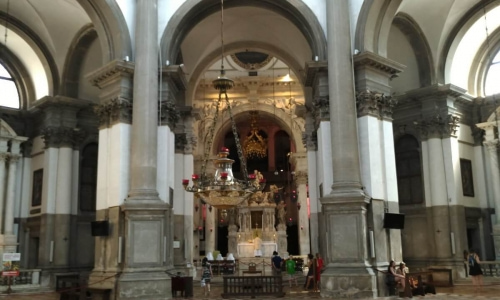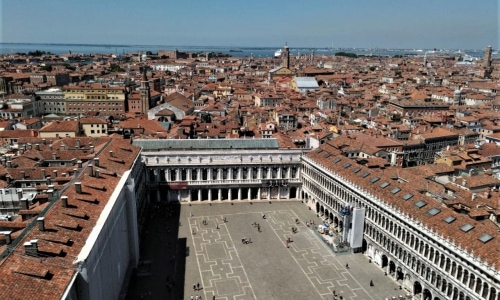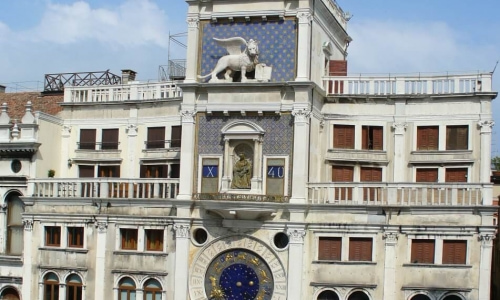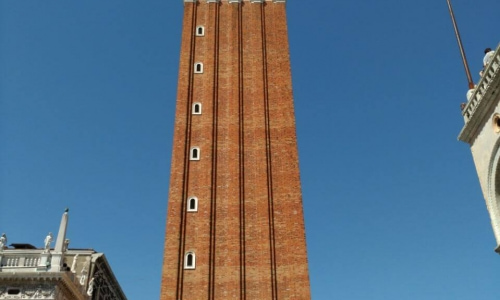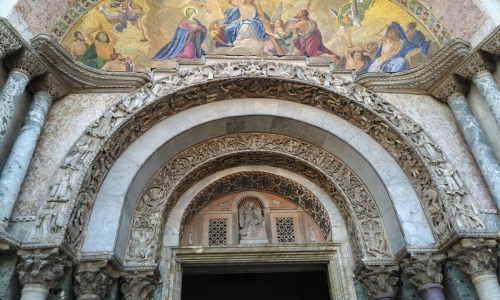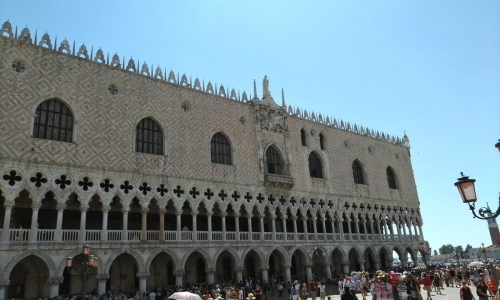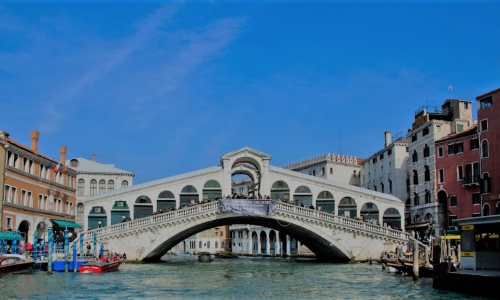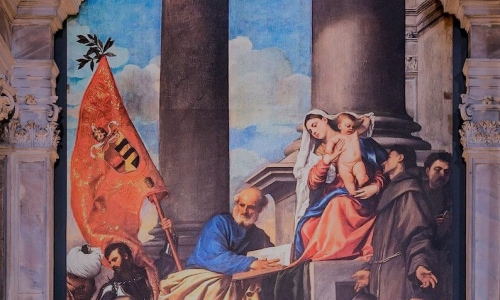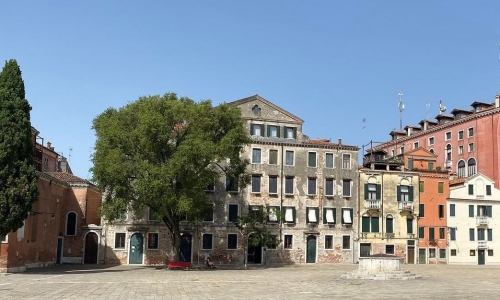Rialto Market
When you think of Venice, it’s easy to picture gondolas gliding along canals, grand palazzos mirrored in the water, or the delicate shimmer of Murano glass. But if you truly want to feel the heartbeat of this floating city, you must go where Venetians have gathered for centuries — the Rialto Market. Perched on the edge of the Grand Canal and nestled beside the iconic Rialto Bridge, this market is not just a place to buy fish and vegetables. It is a living museum, a time capsule of Venetian identity, and a place where history, gastronomy, and community converge. A Thousand Years of Commerce Long before Venice became a stop on bucket-list cruises, it was a maritime superpower. Starting in the 11th century, Venetian merchants built an empire on the sea — trading spices, silk, and gold between East and West.
The Rialto district, with its strategic position along the canal, quickly became the epicenter of commerce. By the 16th century, the Rialto area was so bustling that chroniclers described it as the Wall Street of Europe. Goods from Constantinople, Egypt, Persia, and beyond passed through here, and foreign traders set up warehouses and stalls, creating a melting pot of languages, smells, and colors. The Rialto Bridge — completed in 1591 — was constructed to connect the commercial hub with the rest of Venice, and it remains one of the most iconic bridges in the world. A Two-Part Market with Character Though Venice's days as an empire are long past, the Rialto Market endures — not as a relic, but as a vibrant, functioning part of everyday life. Divided into two main sections, it offers an unfiltered glimpse into how locals still eat and live. 1. La Pescheria: The Fish Market Located under a grand colonnaded loggia built in 1907, the fish market is an early-morning spectacle. Just after sunrise, fishermen from the Adriatic and the Venetian Lagoon arrive with their catch. Their stalls brim with slippery silver sardines, glistening branzino (sea bass), ruby-red tuna, and translucent seppie (cuttlefish) with their ink sacs intact. The scene is delightfully chaotic: buyers jostle, seagulls squawk overhead, and the vendors bark out prices in fast, melodic Venetian dialect. It’s raw, real, and incredibly photogenic — and the air smells of salt and seaweed. Some of the most prized catches include: Moeche: Soft-shell crabs, a spring delicacy. Canocchie: Mantis shrimp, known for their sweet, lobster-like flavor. Capelunghe: Razor clams, often grilled with garlic and parsley. This is the source for many of Venice’s famed seafood dishes — spaghetti alle vongole, sarde in saor, and risotto al nero di seppia — all start here. 2. L’Erberia: Fruit and Vegetable Market Just across a small campo lies the produce market, where fresh fruits, vegetables, herbs, and local specialties are sold in abundance. The colors are dazzling: deep purple radicchio from Treviso, striped Chioggia beets, bright orange persimmons, and piles of basil, zucchini flowers, and wild fennel. Many of these items come from Sant’Erasmo, a nearby island dubbed the garden of Venice. Its nutrient-rich lagoon soil yields some of the freshest, most flavorful vegetables in Italy. In late spring, you’ll see: Carletti: Wild greens used in omelets. Bruscandoli: Wild hop shoots, beloved in risottos. Fragoline di bosco: Tiny wild strawberries that explode with flavor. More Than a Market: A Cultural Experience What sets Rialto apart from other European markets is its deep integration into Venetian culture. It’s not just a place to buy food — it’s where lives intersect, gossip spreads, and rituals unfold. In the early hours, elderly Venetians with wheeled carts navigate the stalls like pros. Young chefs from local restaurants chat with fishmongers about the day's catch. And as the market winds down around noon, workers gather at nearby bacari (Venetian wine bars) for a glass of ombra (local wine) and a few cicheti (snacks). The word “ombra” itself is tied to the Rialto — it means “shade,” referring to the old practice of drinking wine in the shadow of the bell tower in nearby San Marco. Even language is rooted in this space. Literature, too, found inspiration here: In Shakespeare’s The Merchant of Venice, the phrase “What news on the Rialto?” was the Elizabethan equivalent of checking Twitter — the place where all the city’s commerce and news converged. Visiting Tips: How to Make the Most of It Arrive Early: The market opens around 7 AM. By 10 or 11, it starts winding down, and many vendors close shop by lunchtime. Closed Sundays and Mondays: Plan your visit accordingly, especially for the fish market. Respect the Etiquette: Don’t touch the produce — ask politely. Vendors take pride in their wares and prefer to select items for you. Bring Cash: Most stalls are cash-only, and prices are generally reasonable. Come Hungry: Nearby bacari serve market-fresh bites. Try baccalà mantecato, polpette di tonno, or sarde in saor. Beyond the Market After your market stroll, the area offers plenty to explore: Campo San Giacomo di Rialto: Believed to be the oldest church in Venice, dating back to the 5th century. Fondaco dei Tedeschi: A former German merchant warehouse turned luxury shopping center with a stunning rooftop terrace. Local artisan shops: Selling everything from handmade paper to Murano glass beads. Take your time. Watch the boats unload crates. Listen to the splash of water against stone. Rialto isn’t a place to rush — it’s a place to absorb. Why Rialto Matters In a city where mass tourism threatens to eclipse authenticity, the Rialto Market stands as a resilient expression of local life. It reminds you that Venice isn’t just a postcard or a movie set — it’s a working, breathing, flavorful city. More than just a marketplace, Rialto is a ritual — an echo of the past and a rhythm of the present. To visit it is to experience Venice at its most alive. So next time you’re in Venice, skip the predictable souvenir shops. Head for the Rialto Market. Arrive early. Bring a tote bag and a curious spirit. And let this ancient market seduce your senses — just like it has for over a thousand years.


